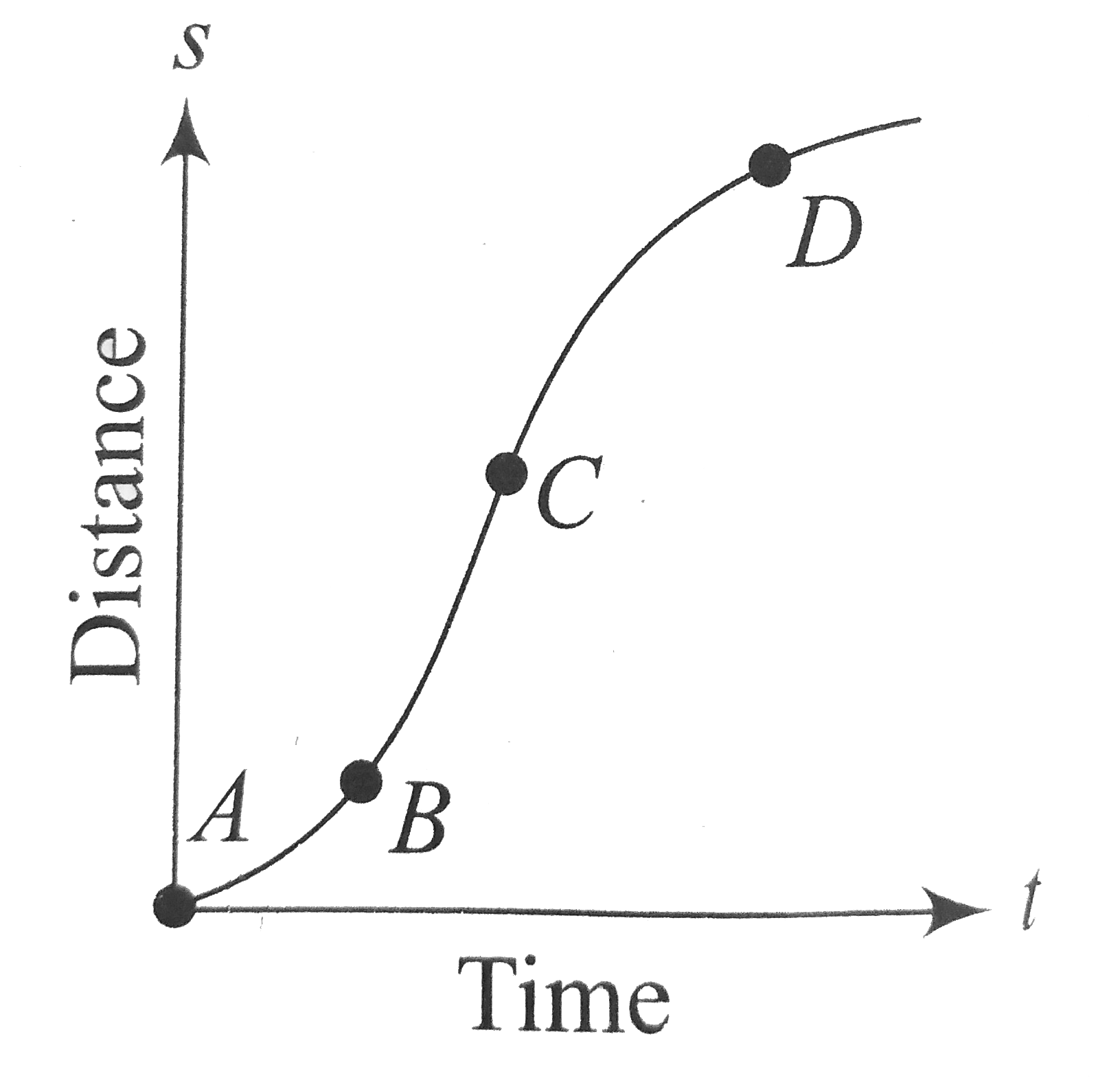In human beings, which part shows the maximum increase in weight from birth to adulthood?
(a) Brain
(b) Fat
(c) Muscles
(d) Skeleton
Brain
Fat
Muscles
Skeleton
The correct Answer is:C
To determine which part of the human body shows the maximum increase in weight from birth to adulthood, we can analyze each option provided:
1. Understanding Growth in Human Beings:
- Human growth involves an increase in body weight as individuals transition from birth to adulthood. This growth is primarily due to two processes: cell division and the increase in the size of existing cells.
2. Analyzing Each Option:
- (a) Brain: The brain undergoes significant growth during early childhood, reaching about 80% of its adult size by age 2 and continuing to mature until the mid-20s. This indicates a substantial increase in weight.
- (b) Fat: While fat accumulation increases during childhood and adolescence, the total weight gained from fat does not surpass that of the brain in terms of percentage increase from birth.
- (c) Muscles: Muscle mass increases significantly during childhood and adolescence, especially during puberty, but it does not show as much weight increase as the brain.
- (d) Skeleton: The skeleton grows and matures, but the increase in weight is not as pronounced as that of the brain.
3. Conclusion:
- Among the options, the brain shows the most significant increase in weight from birth to adulthood. Therefore, the correct answer is (a) Brain.
- Human growth involves an increase in body weight as individuals transition from birth to adulthood. This growth is primarily due to two processes: cell division and the increase in the size of existing cells.
- (a) Brain: The brain undergoes significant growth during early childhood, reaching about 80% of its adult size by age 2 and continuing to mature until the mid-20s. This indicates a substantial increase in weight.
- (b) Fat: While fat accumulation increases during childhood and adolescence, the total weight gained from fat does not surpass that of the brain in terms of percentage increase from birth.
- (c) Muscles: Muscle mass increases significantly during childhood and adolescence, especially during puberty, but it does not show as much weight increase as the brain.
- (d) Skeleton: The skeleton grows and matures, but the increase in weight is not as pronounced as that of the brain.
- Among the options, the brain shows the most significant increase in weight from birth to adulthood. Therefore, the correct answer is (a) Brain.
Topper's Solved these Questions
- GROWTH, REPAIR, REGENERATION AND AGEINGBOOK - DINESH PUBLICATION ENGLISHCHAPTER - GROWTH, REPAIR, REGENERATION AND AGEINGEXERCISE - Revision Question From Competitive Exams.
54 Videos
- GROWTH, REPAIR, REGENERATION AND AGEINGBOOK - DINESH PUBLICATION ENGLISHCHAPTER - GROWTH, REPAIR, REGENERATION AND AGEINGEXERCISE - Check your Grasp
10 Videos
- GENETIC BASIS OF INHERITANCEBOOK - DINESH PUBLICATION ENGLISHCHAPTER - GENETIC BASIS OF INHERITANCEEXERCISE - Check your Grasp
30 Videos
- HUMAN EVOLUTIONBOOK - DINESH PUBLICATION ENGLISHCHAPTER - HUMAN EVOLUTIONEXERCISE - Brain Teasers-VII
181 Videos
Similar Questions
Knowledge Check
In which part of nepthron, reabsorption of glucose is maximum from filtrate?
(a) Henle's loop
(b) PCT
(c) DCT
(d) filtrationAHenle's loopBPCTCDCTDfiltrationIn a skeletal muscle cell, which of the following is the basic unit of contraction?
(a) Myofibril
(b) Muscle fibre
(c) Sarcomere
(d) Myosin filamentAMyofibrilBMuscle fibreCSarcomereDMyosin filament
Choose the correct alternative :
During the course of evolution which part of the brain has shown maximum increase in size?
1)Midbrain
2)Forebrain
3)Hind brain
4)All of these
View SolutionA particle shows distance-time curve as given in this figure. The maximum instantaneous velocity of the particle is around the point.
 .
.
(a) B (b) C (c) D (d) A
View SolutionWhich of the following elements shows maximum number of different oxidation states in its compounds ?
(a)Eu
(b)La
(c)Gd
(d)Am
View SolutionDifferent parts of brain are associated with specific functions. Name the part of human brain which perform the following funcations:
(a) Sensation of feeling full (b) Vomiting
(c) Picking up a pencial (d) Riding a bicycle
View SolutionAnswer the following :
(a) Which part of the ear determines the pitch of a sound ?
(b) Which part of the human brain is the most developed ?
(c ) Which part of our central neural system acts as a master clock ?
View SolutionWhich of the muscles are attached to bones?
(a) Smooth muscles
(b) Skeletal muscles
(c) Cardiac muscles
(d) All the above
View Solution
